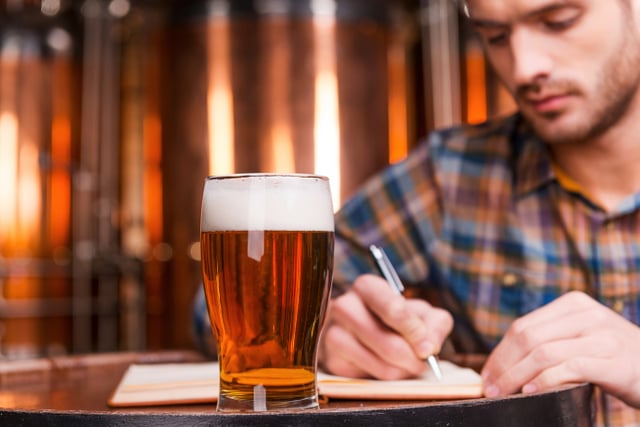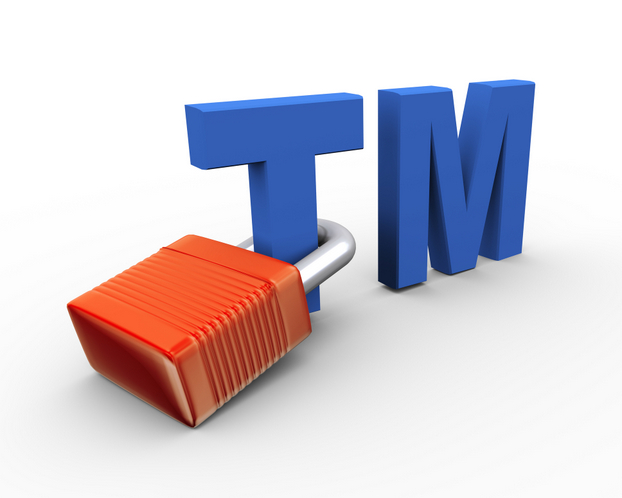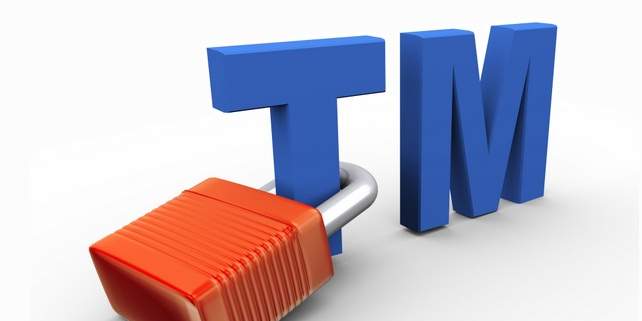Just as craft brewing is changing the beer industry in the United States, it is changing the trademark landscape here as well. The meteoric rise of the industry has produced a significant increase in the amount of beer-related trademark activity — both defensive and offensive. Remember Stone Brewing’s recent suit filed against MillerCoors?
Between February 1886 — when Carl Conrad and Co. filed the first U.S. beer-related trademark for a Budweiser logo — and December 2005, roughly 20,000 beer-related trademark applications were filed with the U.S. Patent and Trademark Office (USPTO). In contrast, more than three times that number have been filed, almost 66,000, since January 2006. Last year alone, the USPTO received more than 10,100 beer-related trademark applications.
Many craft brewers unfortunately run into disputes over both their brewery names and the names of their beers, which can derail them as they gain brand recognition. There are, however, ways to avoid these costly obstacles.
1. Avoid beer-related terms when selecting marks
Everyone loves a good pun, but the rise in the number of craft breweries has mashed the availability of beer-related marks that do not potentially infringe on the trademark rights of others. For example, there were more than 500 hop-based trademark applications just in 2016, which shows how difficult it would be to select a unique mark.
“The best part of being a craft brewery is joining a marketplace with the freedom to create products for consumers who value independent makers,” Reformation Brewery COO Bjoern Jemsby told us. “More than the liquid itself, consumers want to connect to the story behind the products. Choosing the right name for each product not only helps communicate the story but also helps protect the brand, which is why we spend months selecting a distinctive mark.”
The strongest marks for both breweries and beer names avoid beer-related terms. Reformation Brewery’s Oren, Orpheus Brewing’s Transmigration of Souls or Monday Night Brewing’s Nerd Alert are good examples because the likelihood of running into competitors or others who are already using that mark (or may use something similar in the future) is low. By avoiding beer-related terms, they selected marks that would “hop-fully” avoid trademark disputes in the future and, if not, would be more defensible than a pun-based term.
2. Conduct searches regarding chosen marks to avoid disputes
Regardless of the mark that you select for your brewery or beer, it is important to conduct comprehensive trademark clearance searches to determine whether other breweries, wineries, restaurants, specialty stores, etc., are using similar marks.
“One lesson we’ve learned is how important it is to conduct thorough research for other, possibly problematic trademarks prior to selecting a mark or filing a trademark application,” said Remco Bos, CEO of Orpheus Brewing. “We’ve been lucky in that we’ve avoided any major issues, but there have been some close calls.”
The easiest time to change a mark is before you start using it. Once you’ve received the appropriate licenses and approvals and spent money on labels, cans or merchandise, it can be costly to rebrand a beer or a brewery. A trademark clearance search, when done correctly, will evaluate any potential risks and highlight any third parties that could force a brewery to rebrand.
That being said, your trademark attorney doesn’t have to search every mark you are considering — apps like Untappd and websites like Beeradvocate are good places to do some initial research to help cull the list.
Related: Choosing your craft beer brand names, part II: Trademark clearance
3. File trademark applications to protect all chosen and cleared marks
Trademark applications can be filed for any mark (e.g., brewery and beer names, logos, label graphics, etc.), but the costs to file should be balanced with the ultimate benefit, particularly for young breweries still trying to find their footing. Generally, for early stage breweries, we recommend filing trademark applications for the name of the brewery and the name(s) of flagship brew(s).
If/when you receive allowances of your applications, these registrations will provide the broadest federal protection for the most important marks at the lowest cost. Then, it becomes a cost-benefit analysis for secondary and tertiary marks, such as logos, seasonal or limited-release beers, label graphics, etc.
4. File trademark applications immediately

It is important to file trademark applications as soon as you decide on a mark — but before you take any steps to use it. The USPTO gives priority to the first applicant to file, which means that another brewery could start using your mark after you do and prevent you from receiving a trademark registration by filing their application first.
You may ultimately be able to stop the later user from using the mark in commerce and perhaps even have their registration cancelled, but it would likely be expensive and time-consuming to do so.
So before you begin malting the barley for your first batch, file a trademark application to protect the name of that beer. It can be a quick and easy process (without much effort on your part) that, in some cases, can be completed before your first customers tip your product into a glass.
Lee Strasburger and Daniel Sineway are intellectual property attorneys at law firm Morris, Manning & Martin, LLP. This article is presented for educational purposes and is not intended to constitute legal advice. Opinions expressed are those of the authors.







Leave a Reply
You must be logged in to post a comment.